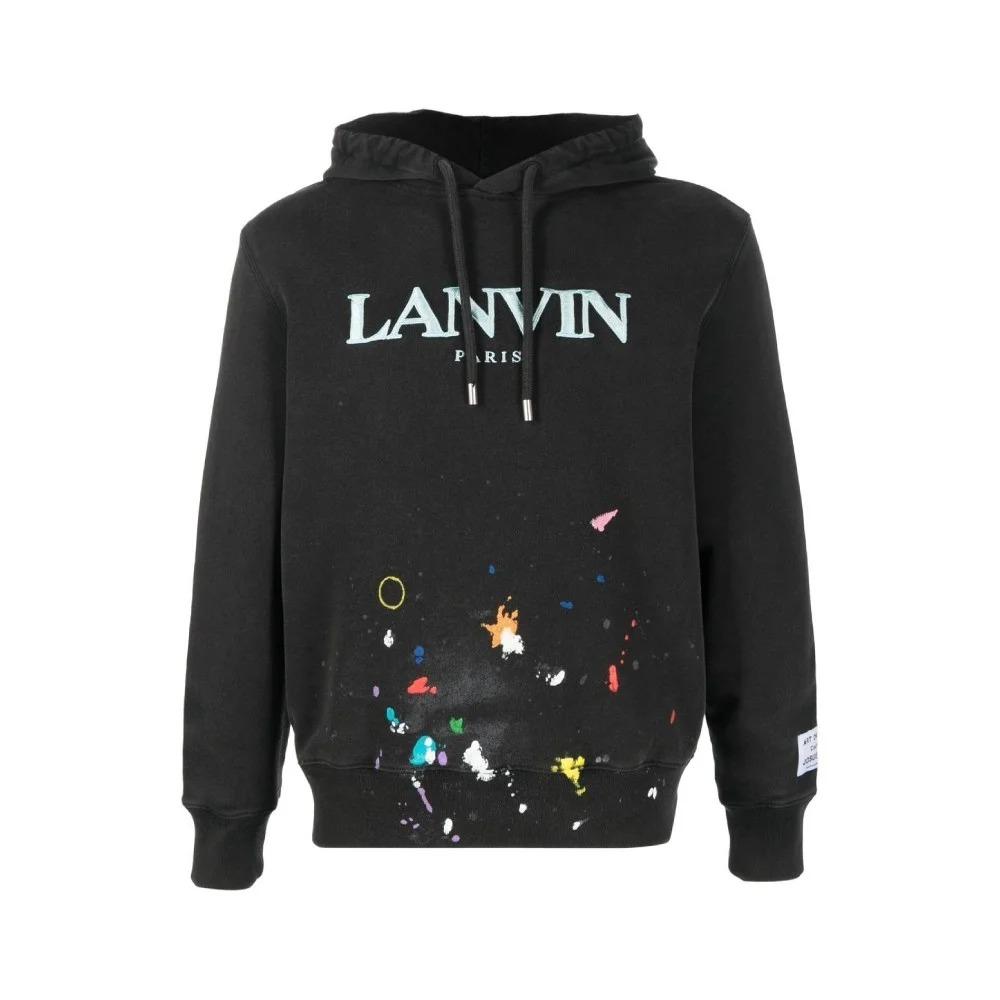Lanvin occupies a rare space in the fashion world as one of the oldest couture houses still in existence, yet it has managed to remain contemporary through adaptation and reinvention. What makes Lanvin distinct is its quiet confidence, its refusal to lean into spectacle as many of its competitors do. Instead, the brand is built on subtleties: carefully chosen fabrics, nuanced cuts, and details that often escape the casual observer but captivate the collector’s eye. This emphasis on refinement rather than overt extravagance cultivates a culture of connoisseurship, where those with the ability to notice detail hold the key to appreciating Lanvin fully.
The Collector Mentality in High Fashion
Collectors in fashion are unlike casual consumers. Where most seek trends or surface-level style, collectors look for depth—hidden stitching, unusual fabrics, hand-finished embroidery, or subtle design signatures. Lanvin thrives in this world because it invites those who can discern these nuances to participate in a dialogue with its craftsmanship. The collector’s eye for detail transforms Lanvin garments into cultural artifacts, each appreciated not only for how they look but for what they reveal about heritage, artistry, and narrative. For Lanvin, the collector is not simply buying; they are curating.
The Role of Craftsmanship in Collecting
Lanvin’s reputation for meticulous craftsmanship plays a central role in attracting collectors. The finishing on seams, the softness of wools and silks, the architectural folds of dresses, and the quiet intricacy of accessories all speak to a philosophy of precision. These elements often go unnoticed by casual observers, yet they represent the hallmarks of Lanvin’s excellence. Collectors value these subtleties because they offer proof of authenticity and artistry. The detail is the point: it is where Lanvin communicates its devotion to tradition while still allowing space for modern experimentation.
Variation as a Collector’s Challenge
For those with a collector’s eye, variation becomes both a challenge and a pleasure. Different seasons of Lanvin’s collections introduce small but impactful shifts—an updated drape, a modified cut, a reinterpretation of signature motifs. To many, these variations might feel negligible, but to the collector, they represent distinct chapters in Lanvin’s history. Identifying and acquiring these pieces requires an attention to detail that goes beyond simple recognition. Each variation tells a story, and collectors find fulfillment in piecing these stories together into a larger archive of Lanvin’s creative journey.
Historical Depth and Continuity
Lanvin’s status as one of the oldest couture houses gives its pieces a historical weight that collectors treasure. A dress or accessory is never just of its season—it carries with it echoes of Jeanne Lanvin’s original philosophy of elegance, femininity, and storytelling through clothing. The collector’s eye recognizes these continuities across time. A hemline, a fabric choice, or even a subtle motif can signal connections to past eras, offering both historical grounding and cultural depth. Collectors view these details as threads tying the present back to the origins of the house, ensuring continuity in the brand’s identity.
The Emotional Resonance of Detail
For collectors, detail is not merely technical but deeply emotional. A particular stitch or textile might evoke memory, nostalgia, or even a personal connection to a specific runway season. Lanvin’s pieces, with their refinement, allow for such resonance. The collector’s eye is trained not only to notice these features but to feel them. Emotional weight transforms a piece from an object into an artifact of personal significance. For this reason, Lanvin collections often function as archives of both brand heritage and personal memory.
Scarcity and the Value of Nuance
Part of what makes Lanvin appealing to collectors is that its details cannot be mass-produced or replicated without losing their essence. Scarcity plays into this appeal, as limited production and selective distribution ensure that many pieces retain an aura of exclusivity. Collectors with a keen eye understand that value often lies not in obvious logos or extravagance but in details others overlook. In this sense, the collector’s eye not only notices detail but also recognizes its role in sustaining cultural and financial value within the world of high fashion.
Resale Culture and the Eye for Detail
The growing resale market for luxury fashion has only amplified the importance of detail in collecting. On secondary platforms, where authenticity is constantly in question, it is the collector’s eye that discerns genuine Lanvin pieces from counterfeits. Small details—the weight of fabric, stitching techniques, or even the angle of embroidery—serve as proof of authenticity. In this way, detail becomes not only an aesthetic marker but a functional one, allowing gallery dept hoodie collectors to navigate markets where trust is built on precision. Collectors often serve as cultural gatekeepers, ensuring that nuance is not lost in the rush of resale economics.
Community Recognition Through Detail
Collectors of Lanvin often find themselves in small, tightly knit communities where detail becomes a shared language. To notice a subtle shift in design or to recognize an older piece within a collection signals belonging within this circle. Recognition comes not from flamboyance but from discernment. This creates a unique cultural ecosystem where those with a collector’s eye gain status through their ability to identify and appreciate what others might miss. For Lanvin, this community of detail-oriented collectors ensures its pieces retain symbolic and cultural value long after their initial release.
The Future of Collecting Lanvin
As fashion continues to accelerate, Lanvin’s subtlety positions it uniquely in a world dominated by spectacle. The collector’s eye will remain central to the brand’s survival and relevance, as it ensures that details are not overlooked or lost in a fast-moving industry. Future collectors will continue to elevate Lanvin by curating archives that preserve these subtleties, treating garments as cultural and historical documents. The brand’s reliance on detail ensures that it will remain a space for connoisseurs rather than casual trend-seekers, keeping the collector’s eye at the heart of its identity.



